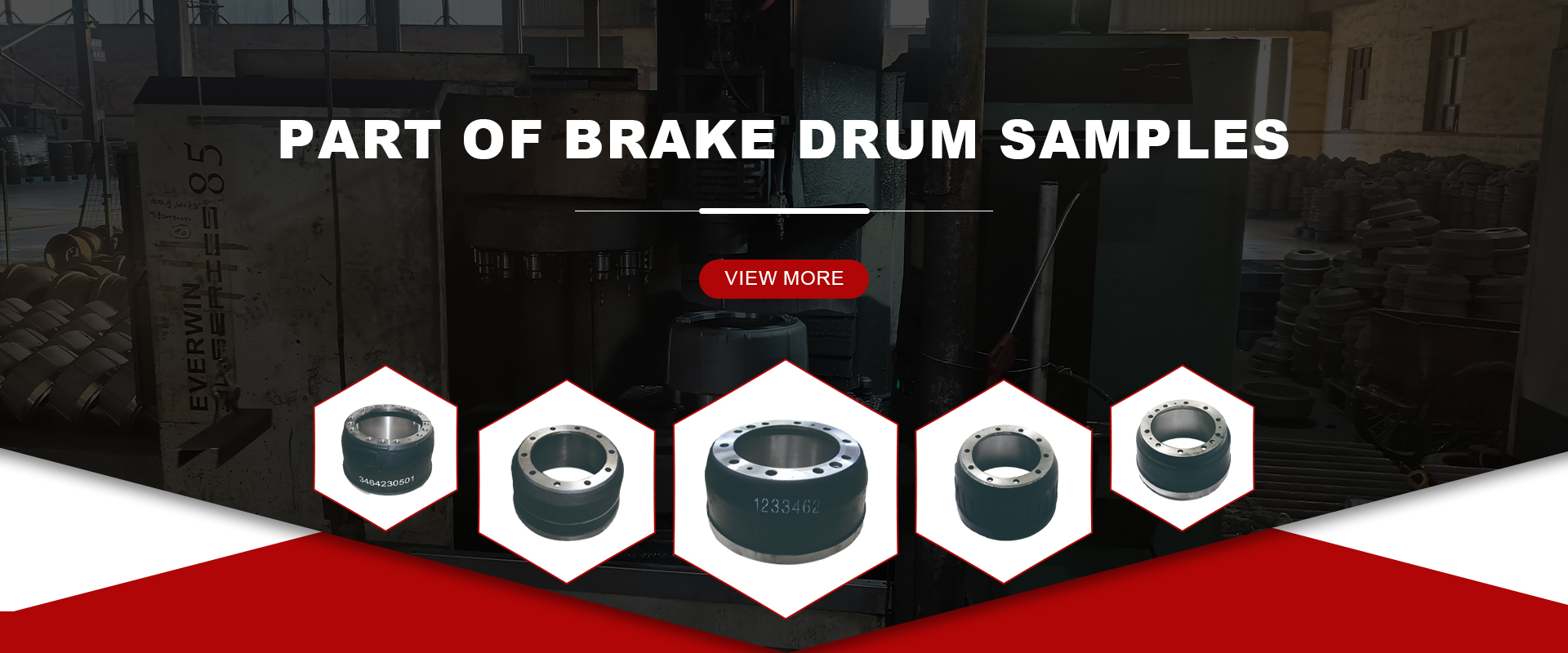12 月 . 04, 2024 10:25 Back to list
How to Remove Brake Drum Without Using a Puller Tool Efficiently
Removing a Brake Drum Without a Puller Tips and Techniques
Removing a brake drum can sometimes be a challenging task, especially if you don’t have the proper tools like a brake drum puller. However, with some creativity and patience, it is possible to remove a brake drum without a puller. In this article, we will discuss various techniques and tips on how to effectively accomplish this task safely and efficiently.
Understanding the Brake Drum Assembly
Before diving into the removal process, it’s essential to understand what a brake drum is and how it works. The brake drum is part of the drum brake system, which is used in many vehicles. It consists of a hollow cylinder that houses the brake shoes, which press against the drum to create friction and slow down the vehicle. Over time, brake drums can become corroded or stuck due to rust, debris, or the buildup of brake dust, making them difficult to remove.
Safety First
Before you begin any repairs on your vehicle, always prioritize safety. Ensure that the car is parked on a level surface, engage the parking brake, and use wheel chocks to prevent slippage. Wear appropriate safety gear, including gloves and safety glasses, to protect yourself during the process.
Tools You Will Need
While you might not have a brake drum puller, you will still need a few basic tools - A lug wrench - A hammer (preferably a rubber mallet) - A screwdriver (flat-head or pry bar) - Penetrating oil (such as WD-40) - Trolley jack and jack stands - Brake cleaner
Steps to Remove the Brake Drum
1. Loosen the Lug Nuts Start by loosening the lug nuts of the wheel that houses the brake drum while the vehicle is still on the ground. This way, you can prevent the wheel from spinning when you apply force later on.
2. Raise the Vehicle Use a trolley jack to lift the car and securely place it on jack stands. Make sure the vehicle is stable before working underneath it.
3. Remove the Wheel Take the wheel off to expose the brake drum. This step is crucial, as you'll need clear access to the drum itself.
remove brake drum without puller

4. Apply Penetrating Oil Spray penetrating oil around the edges of the brake drum where it meets the wheel hub. Allow the oil to soak for about 15-20 minutes. This will help loosen rust and debris that may be causing the drum to stick.
5. Check for Retaining Screws Some brake drums are held in place by retaining screws. If applicable, remove them using a screwdriver.
6. Tap the Drum With a rubber mallet, carefully tap around the circumference of the brake drum. This can help break the bond between the drum and the wheel hub. Be cautious not to hit the drum too hard, as this could damage it.
7. Use Leverage If the drum is still stuck, you can try using a flat-head screwdriver or pry bar. Insert it gently between the drum and the backing plate, applying a steady force. Work your way around the drum, prying it off gently.
8. Final Removal If you still can’t remove the drum, try rocking it back and forth while pulling it off. Sometimes, alternating between pushing and pulling can help dislodge it.
Cleaning and Inspection
Once you successfully remove the brake drum, take the time to clean it with brake cleaner to remove dust and debris. Examine the drum for any signs of wear or damage, and consider replacing it if necessary.
Reinstallation
When reinstalling the drum, ensure that any retaining screws are tightened, and avoid over-tightening. Follow the manufacturer’s specifications for torque settings.
Conclusion
Removing a brake drum without a puller may seem daunting, but with the right approach and tools, it can be done effectively. Always remember to prioritize safety and take your time throughout the process. By employing these techniques, you can successfully remove a stubborn brake drum and continue with your vehicle maintenance. If you find the task too challenging, consult a professional mechanic for assistance.
-
Brake Drum for Kamaz Trucks Durable OEM Replacement & High Performance
NewsMay.30,2025
-
Brake Drum Man High-Quality Drum Brake & Shoe Solutions
NewsMay.30,2025
-
High-Performance Brake Drum for Kamaz Trucks Durable Drum Brake Components
NewsMay.29,2025
-
Brake Drum Man High-Quality Drum Brake Drums & Brake Shoes
NewsMay.29,2025
-
Brake Drum MAZ High-Performance & Durable Replacement Parts
NewsMay.29,2025
-
heavy truck brake drums
NewsMar.07,2025
